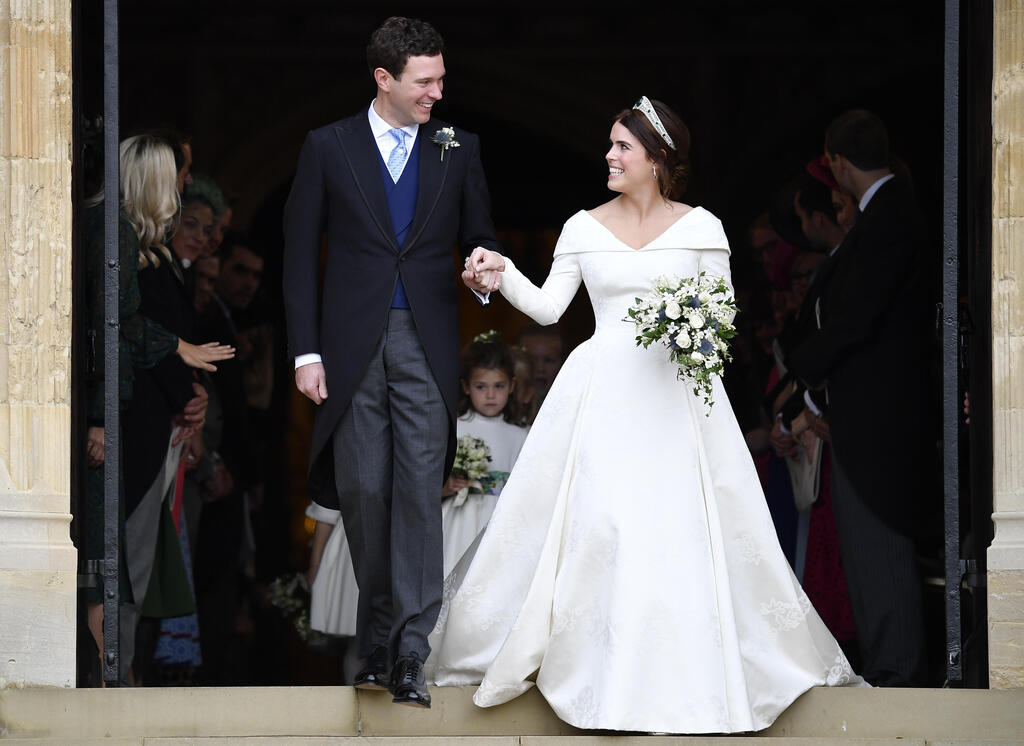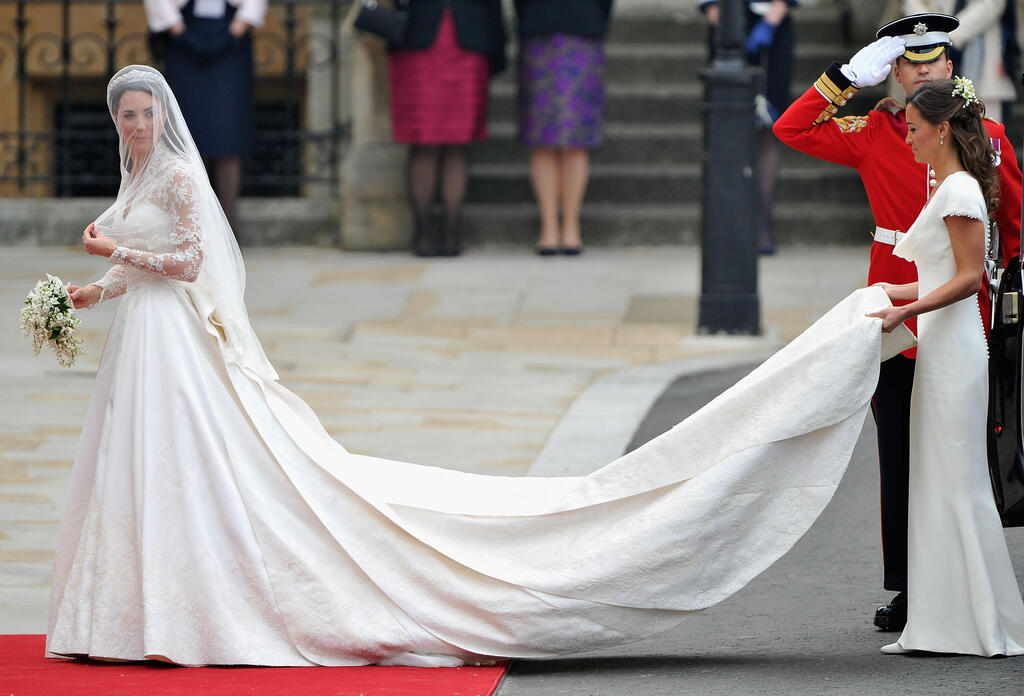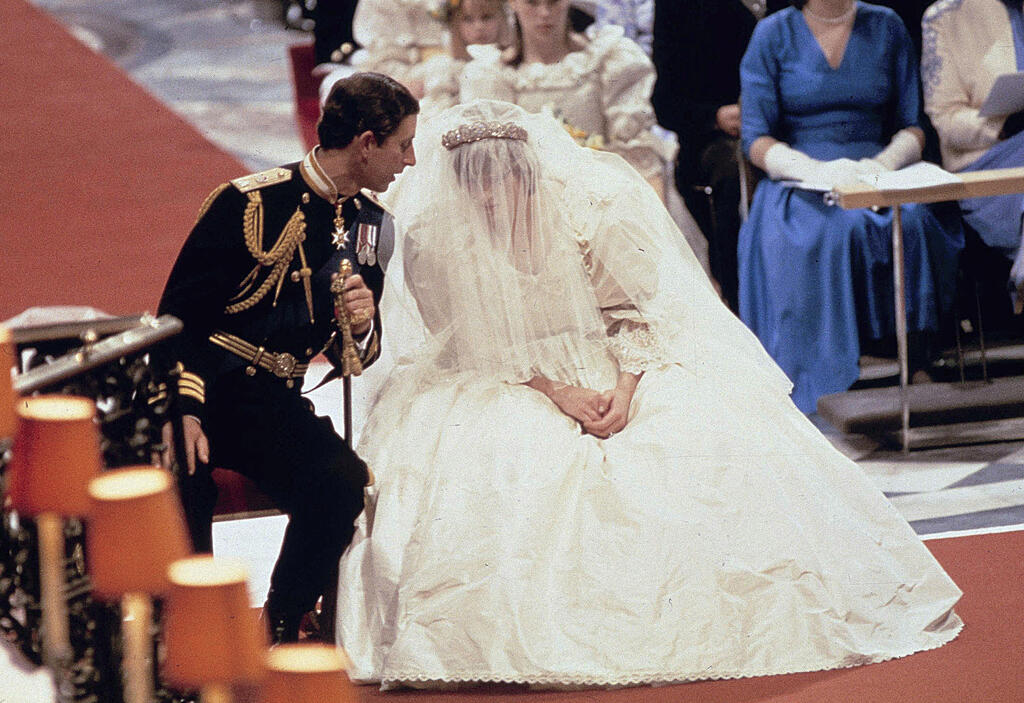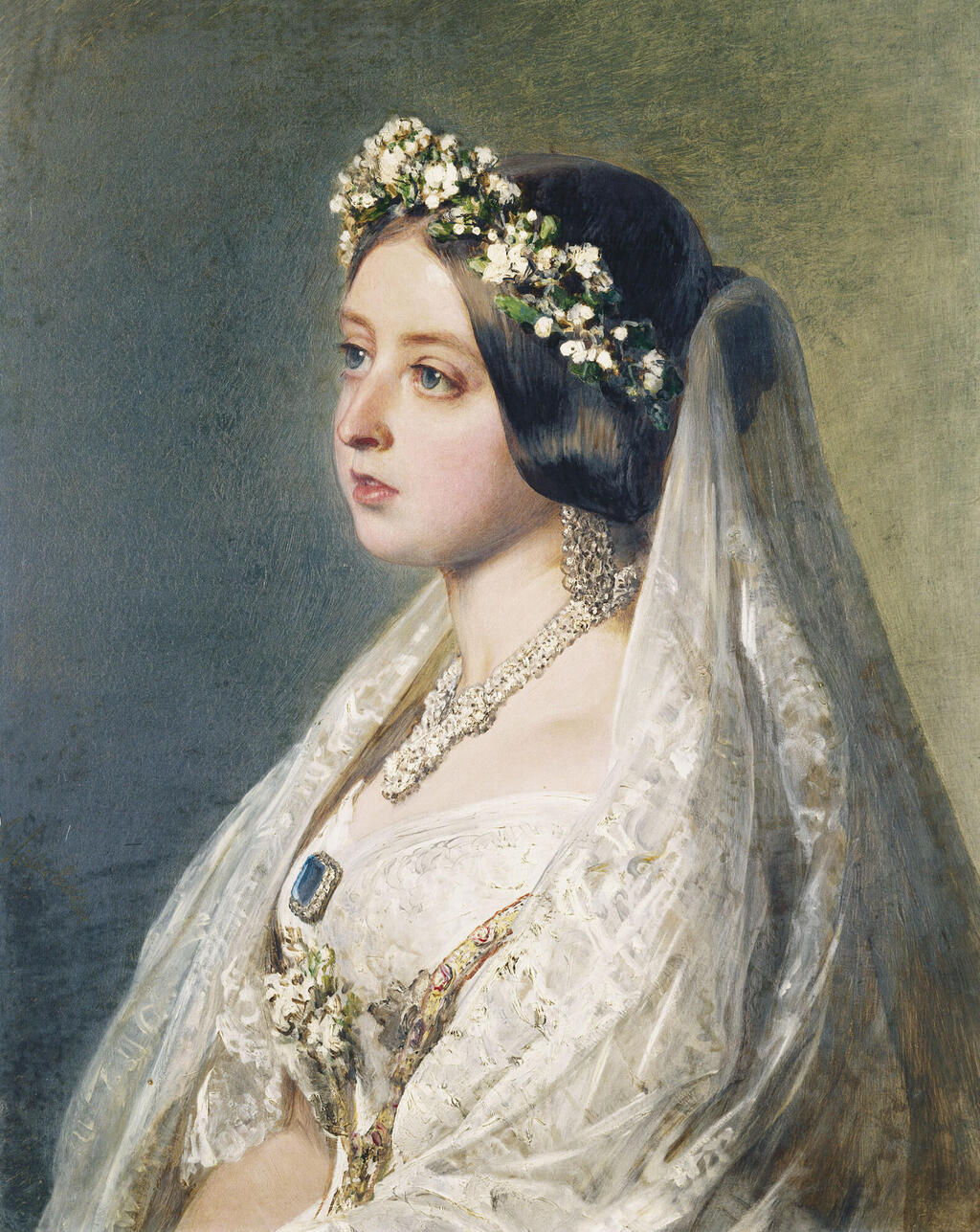Wedding season officially opened last month, and is expected to flood the fashion world with white—bridal gowns will dominate social media, worn by photogenic brides and celebrities who might flaunt one, two, or even seven white dresses on their big night. But is there truly a reason for choosing white for the bridal gown?
6 View gallery


Queen Victoria and Prince Albert during their 1840 wedding
(Painting: George Hayter, 1842)
In Judaism, white clothing holds a uniquely dignified and festive status. Supporters of the white wedding dress often cite Tractate Taanit, where Rabbi Shimon ben Gamliel notes that on two special days—Tu B’Av and Yom Kippur—the daughters of Israel would wear white. Maimonides, however, interprets the passage differently, claiming it referred to the entire nation, not just the women.
Some trace the custom to those roots, but others offer different explanations. On the Yeshiva website, Rabbi Moshe Meir Aviner responded to a follower’s inquiry, stating: “It is a time-honored tradition among the people of Israel that brides wear white (see Shulchan HaEzer, Part B, Section 7, Subsection 10), and the custom should not be changed.”
Aviner adds another, more somber interpretation: The white garment resembles burial shrouds. “White reminds us of what is worn by the deceased. It inspires repentance—and on their wedding day, both bride and groom should enter the covenant with a full heart and clear conscience.”
Notably, the Bible doesn’t explicitly describe brides in white. In fact, descriptions of bridal attire are rare, and when they do appear—such as in the story of Rebecca—they mention jewelry and fine clothing, but no color.
6 View gallery


Prince Harry and Meghan Markle during their 2018 wedding
(Photo: Jane Barlowpool photo via AP)
Beyond religious interpretations and rabbinic commentary lies a more modern fashion origin. The tradition of the white wedding dress is widely attributed to Queen Victoria of England. When she married Prince Albert in 1840, she chose a white gown—an unusual decision for the time. Prior to that, brides often wore vibrant dresses in red, blue, silver or purple. White was not considered especially elegant or practical.
But Victoria’s choice was not just aesthetic. She insisted on British-made lace to revive a struggling domestic industry, and later reused parts of the gown to promote textile conservation—an early nod to sustainability.
6 View gallery


Princess Eugenie and Jack Brooksbank during their 2018 wedding
(Photo: Toby Melville, Pool via AP)
The queen’s massive influence transformed her white dress into a cultural landmark. Women across the Western world followed her lead, much like today’s celebrity trends are instantly mimicked. Fashion historian Susan Butler notes that “Victoria didn’t just wear white—she created a tradition that redefined Western weddings for generations.”
<< Get the Ynetnews app on your smartphone: Google Play: https://bit.ly/4eJ37pE | Apple App Store: https://bit.ly/3ZL7iNv >>
Since then, white bridal gowns have become a near-universal symbol of the Western wedding ceremony—signifying status, purity and celebration. But this symbolism isn’t universal. In parts of Africa and Asia, white is often associated with mourning, not matrimony. In countries like India, Japan and China, brides traditionally wear vivid colors, while white is avoided.
So while the white gown may reign in Western tradition, its meaning remains fluid—rooted in culture, history, and evolving interpretation.




